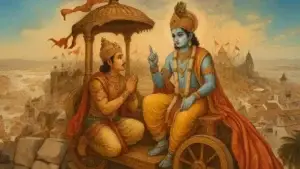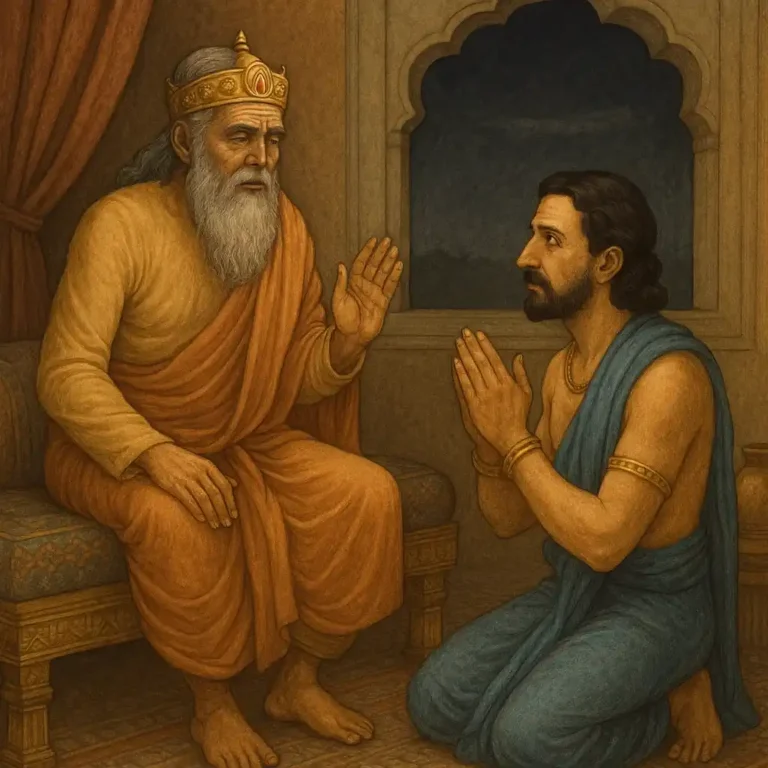How to read and understand Bhagavad Gita?

Many people have read the Bhagavad Gita, but how many truly understand it? I would argue that 99% of those who read the Gita fail to grasp its depth, regardless of the translation they choose. How can I make such a claim? Simple—anyone who fully understands the Gita cannot continue living the same life as before. A complete understanding demands a total transformation, a 180-degree shift in perspective. If those around you still recognize you as the same person, then you have merely skimmed through the words like a news anchor reading a teleprompter, devoid of true impact.
This isn’t a failure of the translation or the author of the Gita—it’s a failure of the reader. So, what are they doing wrong?
Words Are Not Just Words
You cannot read the Bhagavad Gita the same way you would read a typical self-help book. The Gita consists of 700 verses, each containing profound meaning. Depending on the translation, a verse may have around 20 words, which means the entire text comprises roughly 14,000 words. A person with an average reading speed could finish it in under an hour—but doing so means they haven’t read the Gita at all.
The Gita is not just a philosophical dialogue between Krishna and Arjuna, nor is it a mere story unfolding on the battlefield of Kurukshetra. It is an intricate map of the human experience, a guide meant to be applied to one’s own life. Every verse carries layers of wisdom, each word deliberately chosen to spark introspection. Each character is not just a historical figure but a representation of aspects of yourself.
Why You Must Read in Sanskrit
If you truly want to understand the Bhagavad Gita, you must read it in Sanskrit, no matter how unfamiliar the language may seem. Transliteration and translations are helpful, but they often distort the essence of the original text. The meaning of each word in Sanskrit is multifaceted, and a single English equivalent often fails to capture its full depth. A translator’s interpretation is inevitably influenced by their own experiences and biases, which may not align with what the verse is meant to reveal to you.
Take your time with each verse. Read it, sit with it, and contemplate its meaning. Ask yourself: Where does this apply in my life? What am I overlooking? The Gita does not have filler verses; every single one is meticulously placed and serves a purpose.
The Hidden Layers of Meaning
Some verses of the Gita play with numbers—pay attention to how many people are mentioned, as these numbers often hold symbolic significance. In other cases, the order in which characters are named matters. Why is a particular figure mentioned first? What does that reveal about their role? Understanding their qualities and how they relate to you is crucial in uncovering the deeper message.
The Gita Speaks—Your Duty is to Listen
The Gita is not just a book; it is a dialogue, a living conversation that speaks directly to you. Your role is to listen, surrender, and allow it to shape you. This is not an easy task. True surrender means setting aside preconceived notions, biases, and ego-driven interpretations. The reason why so few people understand the Gita is because true comprehension demands vulnerability—it requires stripping away layers of conditioning and seeing yourself as you truly are.
The Weak and Shallow Merely Read, the Sincere Seek to Understand
Reading the Bhagavad Gita is not an intellectual exercise; it is an experiential journey. If you approach it as just another book, you will walk away with nothing more than words. But if you let it penetrate your being, it will transform you beyond recognition.
There is an extensive use of metaphors throughout the Gita, many of which will apply uniquely to your own life. This is why translations often fall short—because the interpretations provided by a translator reflect their perspective, not yours. The true meaning of the Gita can only be found through personal exploration and deep contemplation.
The Challenge of True Understanding
Understanding the Gita is not for those who seek comfort—it is for those who seek truth. It challenges everything you think you know about life, duty, and the self. This is why most people either misunderstand it or abandon it altogether. They are unwilling to dismantle the illusions they hold onto so tightly. But for those who persevere, the rewards are immeasurable.
If you are ready to engage with the Gita on its terms, rather than imposing your own interpretations upon it, then begin today. Read one verse, reflect deeply, and let it change you. The Bhagavad Gita is not just a text—it is a mirror. What you see in it depends entirely on how willing you are to look within.


